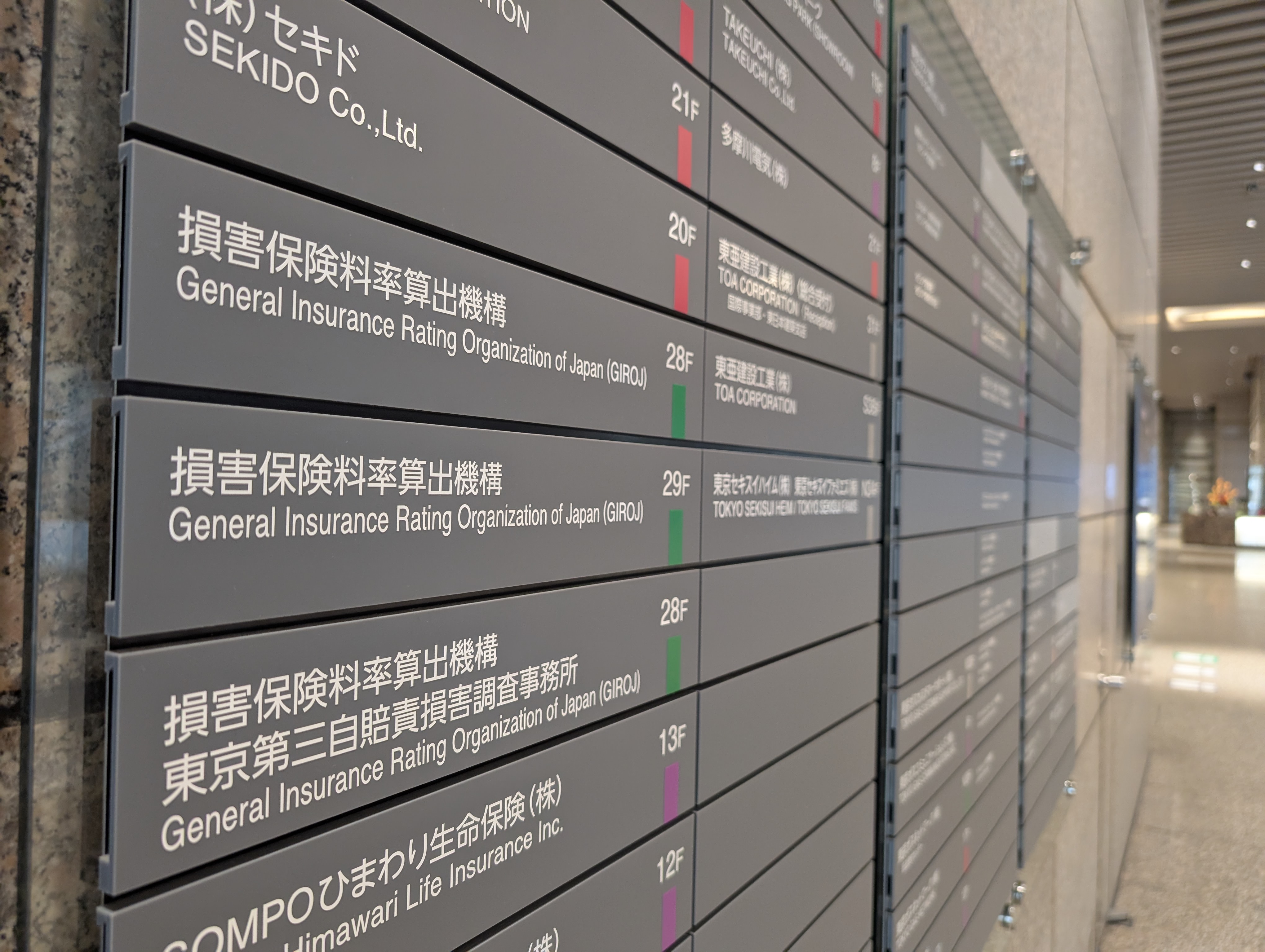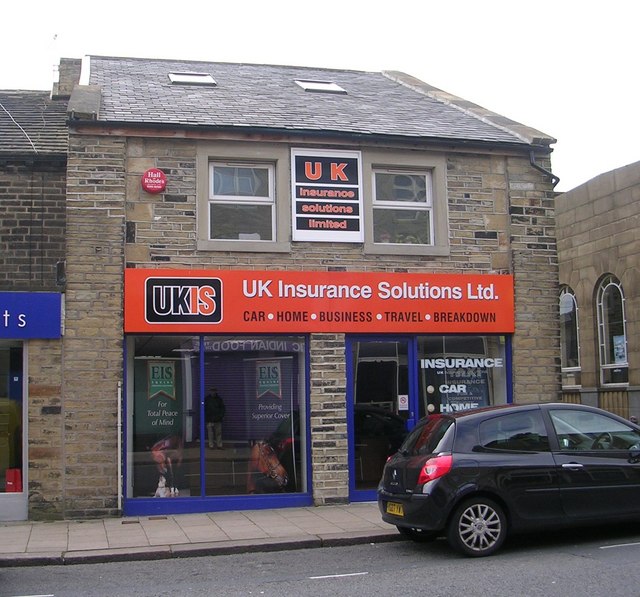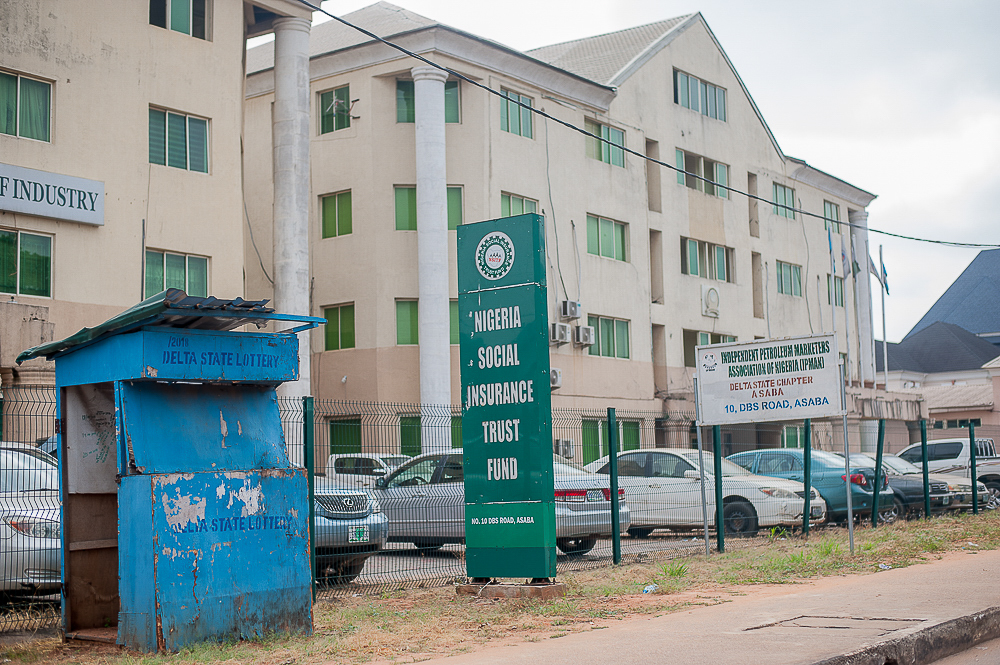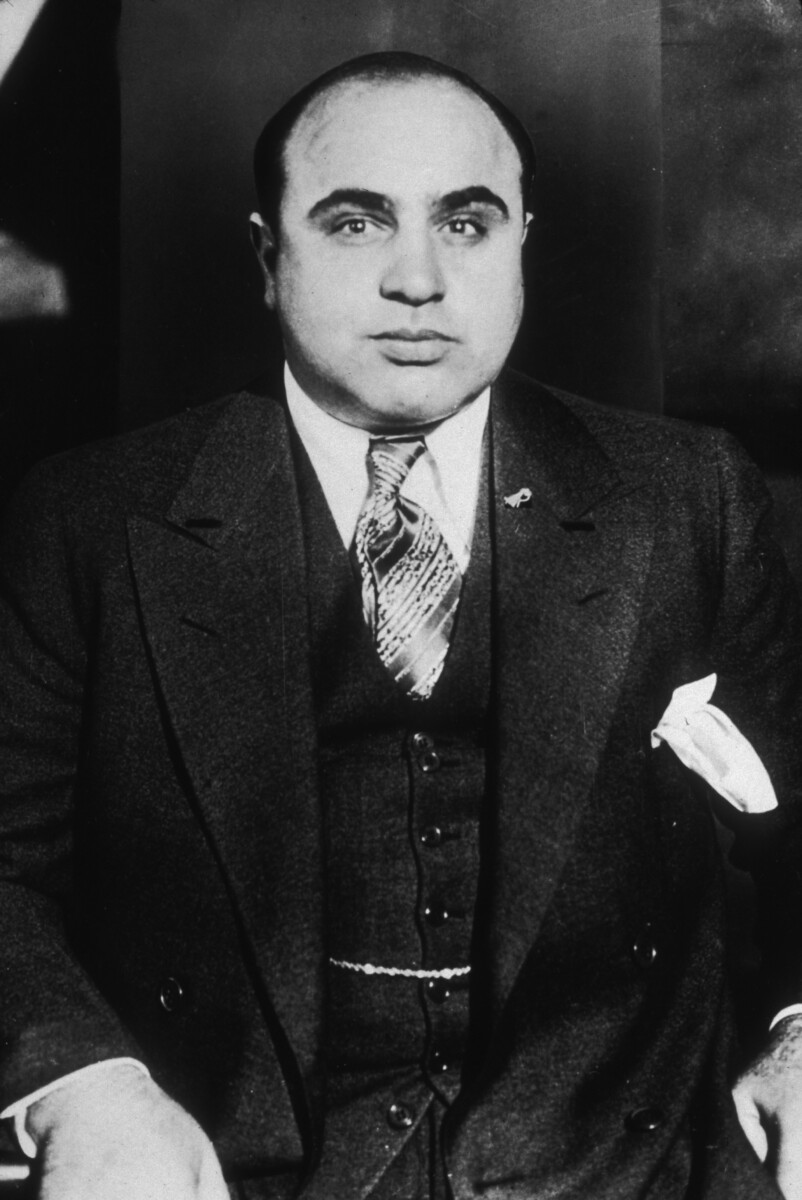Germany: Comprehensive Coverage and Trust That Runs Deep

Germany’s insurance system stands as a gold standard, admired for its depth, reliability, and sheer inclusiveness. In 2024, a staggering 90% of Germans are shielded by statutory health insurance, meaning that nearly everyone can count on affordable, quality care when they need it most. The insurance market here isn’t just big—it’s mighty, with over €200 billion in premiums collected in 2023, according to BaFin, Germany’s financial watchdog. Germans also benefit from robust auto and liability insurance policies, designed to protect both drivers and pedestrians in the event of an accident. Strict regulations keep companies in check, ensuring people aren’t left feeling cheated or confused by fine print. Consumer trust is high, with widespread satisfaction reported in regular national surveys. Insurance in Germany isn’t just about paperwork—it’s about peace of mind, reliability, and knowing you won’t be left out in the cold. This sense of security is a cornerstone of modern German life.
Switzerland: High Standards and Unmatched Consumer Satisfaction

Switzerland’s insurance landscape is shaped by clear rules, high expectations, and a deep commitment to customer happiness. Health insurance is mandatory here, and the Swiss Federal Office of Public Health confirms that almost everyone is covered for a wide range of medical needs. What’s remarkable is that, in a 2024 survey, 85% of policyholders described themselves as satisfied with their insurance providers—a figure few countries can match. Companies are required to keep high solvency ratios, so customers don’t have to worry about denied claims if the unexpected happens. The Swiss insurance sector isn’t small change either, boasting a premium volume of CHF 80 billion in 2023. The standards are so high that disappointment is rare and complaints are minimal. Swiss people know that, whether it’s health, property, or life insurance, their policies will work for them. This assurance brings a sense of calm and trust that’s hard to find elsewhere.
Japan: Innovation and Security Go Hand in Hand

Japan’s insurance market is nothing short of dynamic, blending innovation with tradition to create a system that really works for its people. The Financial Services Agency of Japan emphasizes education and transparency, so consumers are well-informed and empowered. Around 80% of Japanese households have life insurance, a figure that speaks volumes about the country’s commitment to protection and planning. In 2023, insurance premiums soared past ¥50 trillion, showing just how valued these products are. Japanese insurers are known for creative features—think accident forgiveness and roadside assistance bundled with auto policies, making life’s mishaps just a bit less stressful. The system prioritizes flexibility, offering both comprehensive and niche plans to suit all walks of life. People here don’t just buy insurance because they have to—they buy it because they trust it, expect great service, and see it as a crucial part of financial security. This culture of innovation keeps Japan’s insurance sector ahead of the curve.
Canada: Accessibility, Affordability, and Fairness

Canada’s insurance system is built around the idea that protection should be available to everyone, not just the wealthy or well-connected. The Canadian Institute of Actuaries reported in 2024 that the average cost of auto insurance sits at CAD 1,200—a figure that, while not cheap, is still lower than in many other developed countries. Canadians also benefit from a public healthcare system that removes the fear of crushing medical bills. Strict regulations keep insurance companies honest and prevent fraud, with the industry generating CAD 60 billion in premiums in 2023. This approach to regulation means that, even when things go wrong, most Canadians feel fairly treated and supported. The market is healthy and competitive, pushing companies to maintain high standards and keep costs reasonable. For Canadians, insurance isn’t just another bill—it’s a safety net that feels accessible and fair, regardless of income or background.
Australia: Trusted Regulation and Consumer Confidence

Australia’s insurance market is often praised for its strong regulatory oversight, which is key to the country’s high consumer confidence. The Australian Prudential Regulation Authority (APRA) keeps a close eye on insurers, ensuring they maintain enough reserves to pay out claims quickly and reliably. As of 2024, about 95% of Australians are protected by health insurance, with many opting for private policies to supplement the public system. It’s a booming market, with AUD 50 billion in premiums collected in 2023. Australians have made it clear in surveys—8 out of 10 feel their insurance actually delivers when it matters. The variety of products available, from life to property to travel insurance, makes it easy for people to find exactly what they need. This sense of protection is woven into the fabric of daily life, giving Australians the freedom to take risks and live boldly, knowing they’re covered if something goes wrong.
United Kingdom: Diversity and Depth in Coverage

The United Kingdom is home to an insurance market that’s every bit as diverse as its population. Regulation by the Financial Conduct Authority (FCA) means transparency, fairness, and consumer rights are always in focus. In 2024, an impressive 90% of UK residents had at least one type of insurance, whether for health, vehicles, or homes. Insurance premiums in the UK reached £60 billion in 2023, demonstrating the sector’s significant economic impact. UK insurers are regularly ranked highly for customer service, with many companies going above and beyond in resolving claims and complaints. The range of available policies is vast, catering to every imaginable need or circumstance. This level of choice and competition helps drive innovation and keeps prices competitive. For many in the UK, insurance isn’t just about risk—it’s about opportunity, freedom, and the comfort of knowing that someone’s got your back.
United States: Gaps and Uneven Protection

Despite being the world’s largest insurance market, the United States grapples with troubling gaps in coverage and protection. In 2024, about 30 million Americans remained uninsured, a stark reminder that high costs and complex rules can leave people behind. The Kaiser Family Foundation revealed that, in 2023, employer-sponsored health insurance premiums averaged a whopping USD 22,000 per year for families. That’s simply out of reach for many. The fragmented nature of the market means that, depending on where you live, what you pay and what’s covered can vary wildly. Auto insurance is another mixed bag, with state-by-state differences leading to confusion and, sometimes, inadequate protection. High deductibles and exclusions often catch people by surprise when disaster strikes. This patchwork system means millions are left to face illness or accidents without the security they deserve, and frustration with the system is both real and widespread.
India: Progress, But Protection Remains Elusive

India’s insurance market is growing, but millions are still left exposed to risk and hardship. By 2024, only about 20% of the Indian population had health insurance, leaving vast numbers vulnerable to sudden medical expenses. The Insurance Regulatory and Development Authority of India (IRDAI) has launched initiatives to expand coverage, but challenges persist, especially in rural and underserved areas. Total insurance premiums reached INR 6 trillion in 2023, a sign that demand is rising, though it’s still not enough to meet the needs of over a billion people. Many drivers only purchase the bare minimum auto insurance required by law, leaving them at risk of financial ruin after an accident. The lack of awareness about the benefits of insurance, combined with affordability issues, means that many families are one emergency away from poverty. Despite positive reforms, the journey towards comprehensive protection for all Indians is far from over.
Nigeria: A Sector Struggling to Gain Trust

Nigeria’s insurance industry faces daunting obstacles, and the numbers paint a sobering picture. As of 2024, only about 5% of Nigerians have any form of insurance—a penetration rate that ranks among the lowest globally. The National Insurance Commission (NAICOM) has put forth new regulations and awareness campaigns, but progress is painfully slow. The sector generated just NGN 600 billion in premiums in 2023, a figure that struggles to keep pace with the country’s population and economic potential. Many Nigerians remain skeptical of insurance, seeing it as expensive, untrustworthy, or simply unnecessary. Claims are often paid late, if at all, further eroding confidence in the system. The result is a vicious cycle: low trust leads to low uptake, which in turn limits the ability of insurers to invest and improve. Until this changes, most Nigerians will continue to face life’s risks alone, without the basic safety net that insurance provides.






